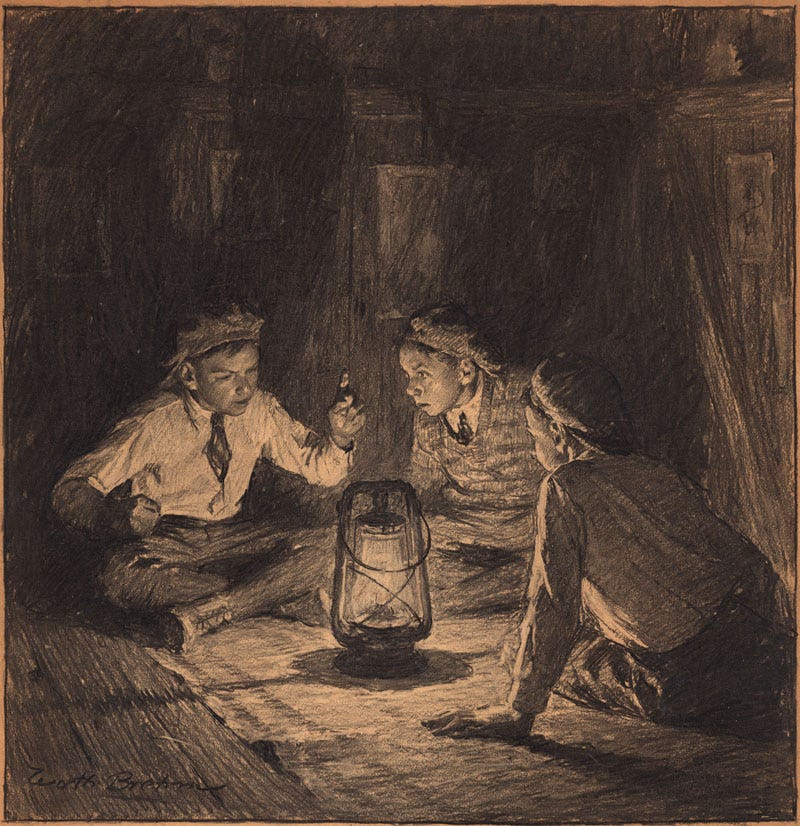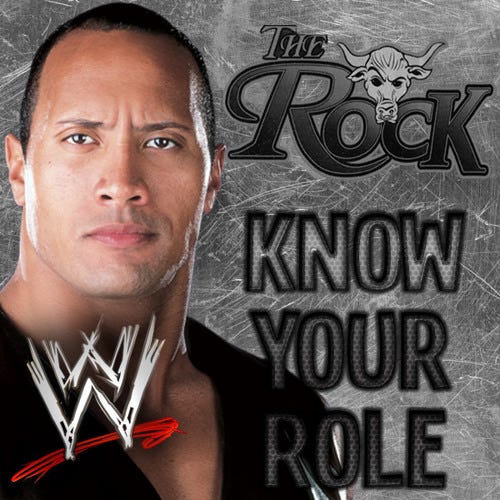Authenticity in Communications
What it is and how to achieve it
I recently started a new podcast project with the European Commission’s Directorate-General for Trade. When we were planning and discussing the concept, DG Trade’s Communication Unit were clear about what they wanted to do - an authentic look behind the scenes of how trade policy is made. They wanted to tell stories, meet people and understand the thinking that goes into how EU trade policy.
But authenticity in communication can be hard to achieve, particularly for a large institution or a public figure. Normally in that line of work, 90% of it is about risk mitigation - and trying to come across as authentic is risky. If you don’t go far enough, try to over-orchestrate or behave in a way that doesn’t ring true, you come across as fake and end up achieving the opposite of what you set out to do. If you go too far, you might risk damage to your reputation, fail to deliver your message or be plain boring.
These conversations got me thinking more and more about the concept of authenticity - and I wanted to share a few of my reflections and notes inspired by those conversations.
What is authenticity?
Authenticity is not simply about content - it’s about the style too.
Classical institutional communication relies on formality and formulas to communicate their message. It generally relies on messages written by consensus, references to policy documents and data, and speaks in the voice of the institution (as opposed to an individual person). There are good reasons to communicate like this. This style is helpful when you need to present a uniform position, inspire confidence and project stability, and of course, mitigate risks.
But that doesn’t mean it’s the only way an institution can communicate.
Authenticity is about creating a human connection by expressing oneself in a way that is genuine, honest, and transparent. For those communicating in this way (whether an individual or an institution), it demands vulnerability and requires a significant amount of trust. It requires you to step away from the “institution” for a moment and instead take on the role of a group of people, sharing their true thoughts and feelings.
In that process they also need to demonstrate that they are respectful and considerate of the audience. They need to speak to hard truths and demonstrate that they are listening. They should show that they are human beings, sharing their perspectives and experiences in a way that allows people to relate to them.
I once listened to a speech by a rabbi called Shais Taub, where he commented on the value of opening with a joke, making the argument that doing so is not actually about seeming funny. It is instead about creating a shared moment of understanding, a moment where everyone in the crowd can think, “Hey, I think that’s funny - and if that guy thinks this is funny, maybe we have some other things in common too.”
That’s how I understand authenticity. It’s is about building a bridge with your audience - one founded on trust, relatability and shared humanity.
How do you achieve it?
I don’t have a comprehensive answer, but I have a few tips based on my own experience trying to achieve more authentic communication - especially when working in more conservative communication cultures.
Understand your role
This is vital to any kind of communication, but particularly important in this context. Be clear on your organisation’s mission, values and culture. Understand your relationship with your audience and what they expect from you - both in terms of service delivery and in terms of communication. This will centre your communication in a way that remains relevant.
A safe space to create
Whether you’re recording a podcast, giving a speech or engaging on social media, often its helpful to have a high trust, safe environment to work through your first drafts together. Making sure people can express themselves freely without feeling like they will be criticised or “caught out” for their mistakes means that they feel more comfortable to be open and take risks.
Being unscripted (or at least less scripted)
This allows you to be more spontaneous and dynamic, which injects more energy and passion (and occasionally humour) into your communication. That said, you need to have a clear idea of what you want to communicate, otherwise this can come off as messy.
Self-awareness
Coming in with a clear idea of your core values and beliefs and being prepared to discuss issues through that lens is key. It will not only help you be coherent and clear, but it will allow people to connect with you as a human. It also helps you be more honest - explaining your intentions and motivations, identifying your shortcomings or biases, and being empathetic towards others.
Personal perspectives

By telling stories from your own perspective, letting people see events and developments through your own eyes, suddenly not only do issues become more understandable - but they become more relatable too.
Demonstrate listening
To communicate authentically you need to pay close attention to what others are saying. Acknowledge points and concerns before sharing your own. As an institution you can do so by addressing people outside your institution, reflecting on public opinion, expressing people’s valid concerns on their behalf (and speaking to those concerns) - and generally showing that you are listening and absorbing what people are talking about.
Let me know what you think
These are a few of my own notes and reflections. I’d be very glad if you shared yours with me!
Do you have your own ideas on authenticity? Are you working on a project that you want to be authentic in style and content? Are you trying to convince people in your organisation to experiment with a different style?
Feel free to leave me a comment, shoot me a message or send me a fa.









The subject the interviewee is talking about conditions the level of perceived authenticity. This leads to the paradox that the subjects the audience is most interested in authenticity are the least likely to come across as such: e.g. the EVP will ever come across authentic when talking about current trade negotiations, unless he is talking about irrelevant stuff around them.